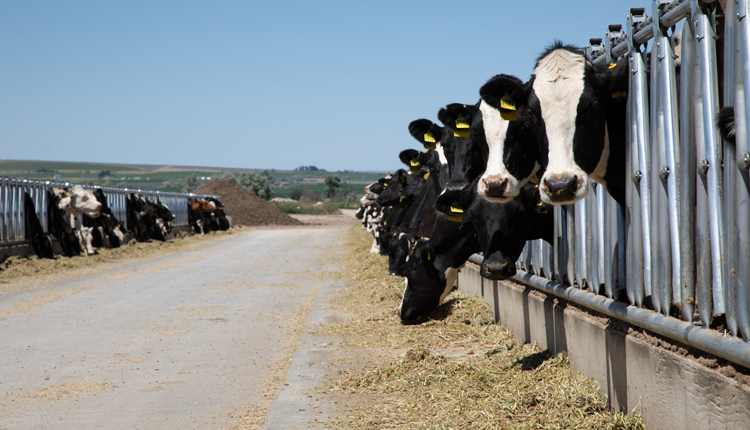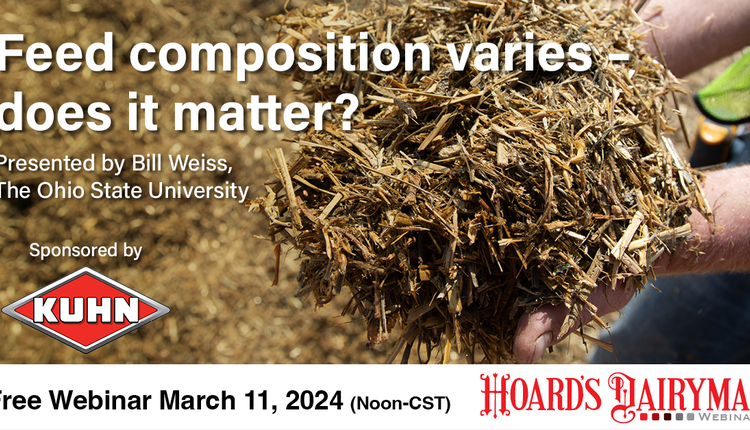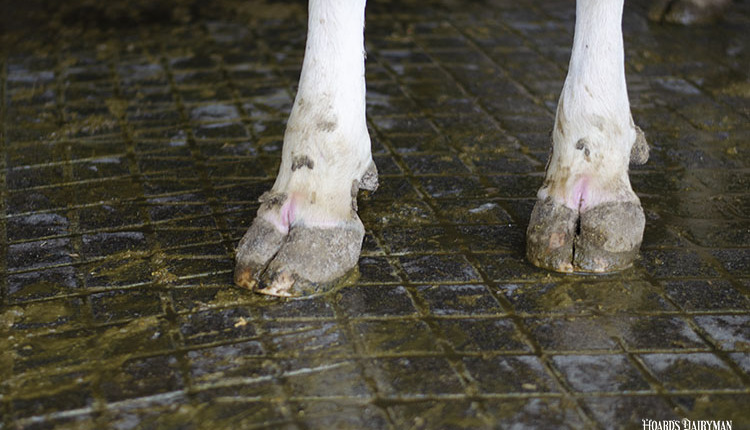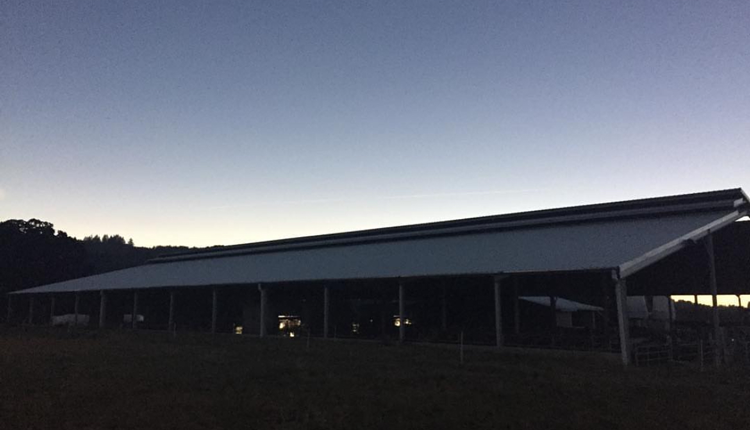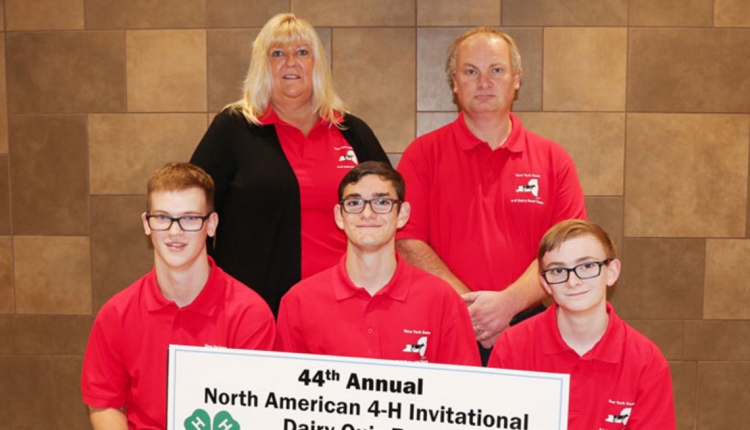 Garrett Oetzel, University of Wisconsin, presented "Cows and their calcium", in our Monday, March 10 webinar. For 30 years our presenter has studied the topic.
Garrett Oetzel, University of Wisconsin, presented "Cows and their calcium", in our Monday, March 10 webinar. For 30 years our presenter has studied the topic. With development of a new calf and the onset of milk production, calving time has its challenges. Hypocalcemia, low blood-calcium level, is one of those post-calving issues that dairy operations dread. Obvious signs of cold ears and cows not wanting to rise can alert people to this deficiency. However, nearly half of second-lactation and older cows experience sub-clinical hypocalcemia, even those fed anionic salts. Low calcium levels are defined as below 8.6m/dL.
In addition to diminished muscle and nerve function and depressed gastrointestinal (GI) motility, hypocalcemia affects dairy cows' immunity, and this can lead to higher incidences of ketosis, retained placenta, metritis and longer days open. These conditions compromise milk production and drive early culling.
Minimizing hypocalcemia or milk fever is two fold. First, you must provide proper nutrition during the pre-fresh period. Secondly, you must help the cow manage her body changes as she comes into milk. Cows are in a negative calcium balance for approximately the first three months of lactation and draw calcium from their bones.
Calcium, the most well-known mineral in post-calving conditions, is not the only one of concern. Magnesium levels should be noted, for parathyroid hormone (PTH) release and the synthesis of vitamin D.
Dr. Oetzel shared his protocol for cows in need of calcium. He only administers calcium intravenously if the cow is not able to rise on her own. He cautions against giving IV calcium to cows that are able to stand unassisted. While employees are always busy, don't take a short cut and administer calcium by IV too quickly. It should take 10 to 15 minutes to deliver a bottle. If the cow has immediate and adverse reactions, feel her pulse and stop the IV. Once she is back to baseline, resume the treatment.
For standing cows, he prefers oral bolus delivery. A bolus will activate in 30 minutes and last for 4 to 6 hours. The problem with giving calcium IV to a standing cow is that it dramatically drives up her heart rate and could cause cardiac toxicity. In some cases, cows become hypocalcemic again just due to recovering from the calcium spike.
There are three forms of oral calcium supplements (boluses). Oetzel prefers calcium chloride as it is rapidly absorbed. Calcium proprionate is slower, but must be given in higher doses. It isn't recommended for cows that are off-feed. Calcium carbonate is the third option. It's the cheapest form, but isn't as soluble as calcium chloride and it impairs bone calcium mobilization.
This March webinar was sponsored by Bio-Vet and is archived and available for viewing. Past webinars can be found at www.hoards.com/webinars.
 The author is the online media manager and is responsible for the website, webinars and social media. A graduate of Modesto Junior College and Fresno State, she was raised on a California dairy and frequently blogs on youth programs and consumer issues.
The author is the online media manager and is responsible for the website, webinars and social media. A graduate of Modesto Junior College and Fresno State, she was raised on a California dairy and frequently blogs on youth programs and consumer issues.

